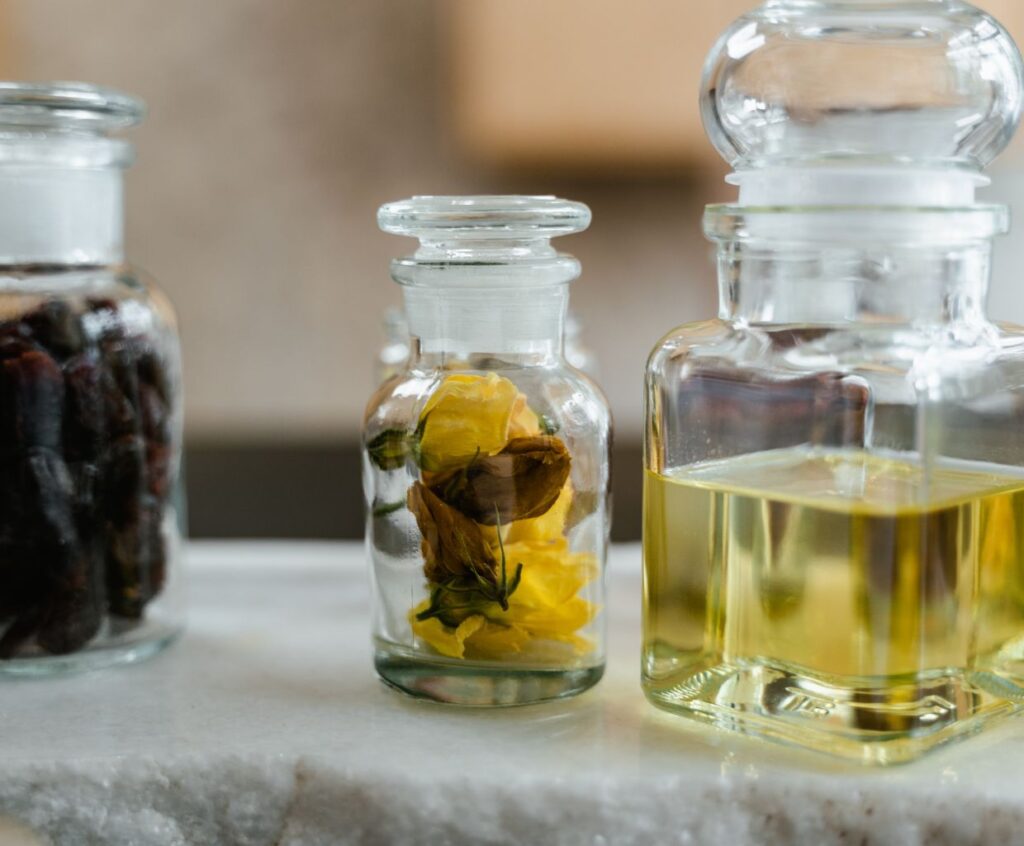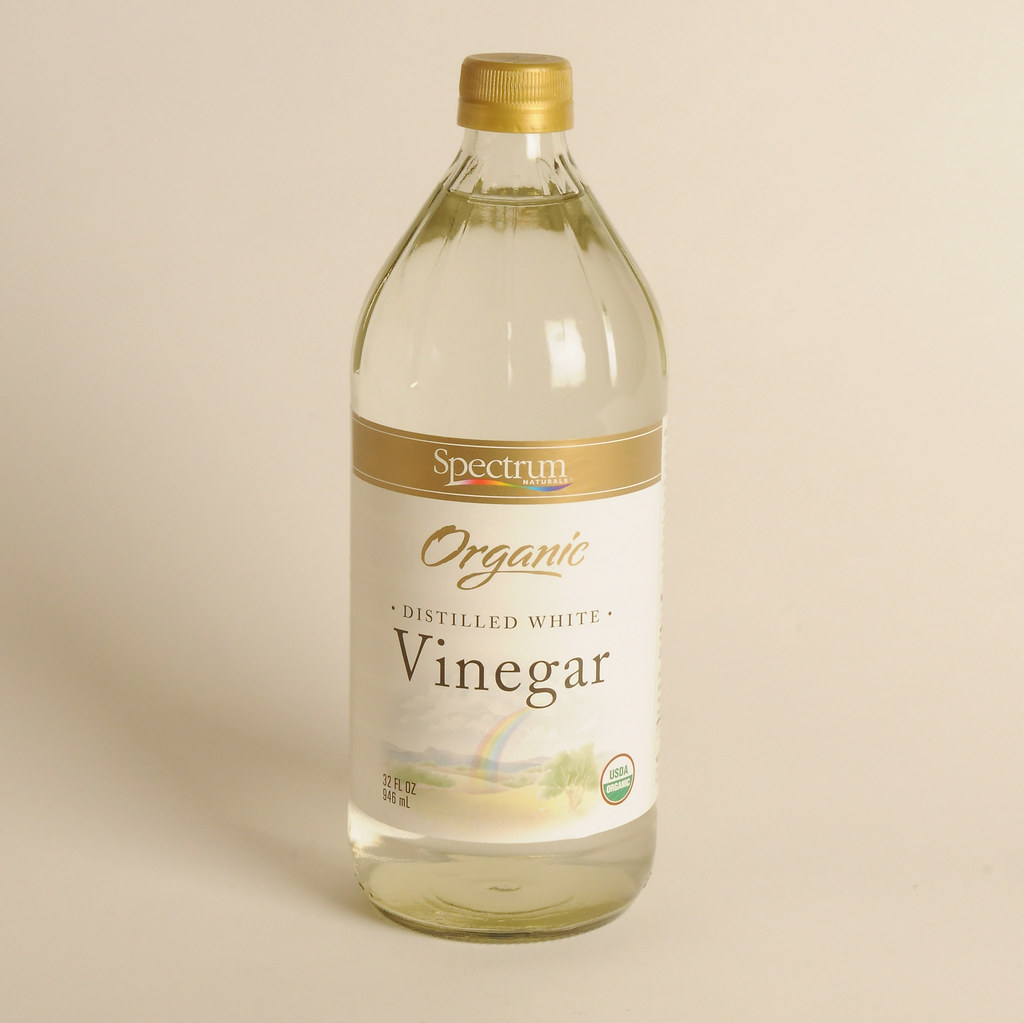How White Wine Vinegar Is Made: A Brief Overview
White wine vinegar is a versatile condiment that adds a tangy kick to various dishes. Whether you use it in salad dressings, marinades, or sauces, understanding how it is made can enhance your appreciation for this culinary staple.
In this article, we will briefly overview the process of creating white wine vinegar.
The Fermentation Process
White wine vinegar is made through a process called fermentation. It starts with converting alcohol in white wine into acetic acid by the action of bacteria. This process is commonly known as “acetic fermentation.”
Step 1: Selection of Wine
The first step in making white wine vinegar is choosing the right wine. Typically, a dry white wine with a moderate alcohol content is preferred. The quality and flavor profile of the wine will significantly influence the resulting vinegar.
Step 2: Acetification
After selecting the wine, it is exposed to air in a controlled environment. Oxygen acts as a catalyst for the growth of acetobacter bacteria, which convert the alcohol into acetic acid. This is achieved by allowing the wine to ferment in the presence of a ‘mother,’ a gelatinous substance composed of cellulose and acetic acid bacteria that kick-starts the fermentation process.
Step 3: Aging
Once the acetification process begins, the wine is left to age for several weeks or months. During this time, the acetic acid bacteria continue to convert the alcohol into acetic acid, gradually increasing the vinegar’s acidity level. The vinegar is usually stored in wooden barrels or stainless steel tanks to allow for proper airflow and prevent any spoilage.
Quality Control and Variations
Regular quality control checks are conducted throughout the vinegar-making process to ensure the desired flavor, acidity, and aroma are achieved. The duration of fermentation, temperature, and aging period can all be adjusted to produce different variations of white wine vinegar, each with its unique characteristics.
Some vinegar may undergo additional steps, such as filtration or pasteurization, to refine the final product. These steps help remove unwanted impurities, ensuring a clear and clean vinegar.
How long does it typically take for white wine to turn into vinegar?
The process of turning wine into vinegar can vary depending on several factors, such as temperature, the presence of acetic acid bacteria, and the alcohol content of the wine. However, it can generally take a few weeks to several months for white wine to turn into vinegar.
What are the main ingredients used in the production of white wine vinegar?
The main ingredient used in producing white wine vinegar is white wine. Other ingredients include water and vinegar mother, a culture of beneficial bacteria that converts the alcohol in the wine into acetic acid. Some producers may also add sulfites to preserve the vinegar and maintain its quality.
Are there any variations in the production process of white wine vinegar compared to other types of vinegar?
Yes, there are variations in the production process of white wine vinegar compared to other types of vinegar. The main difference lies in the starting material used and the fermentation process.
White wine vinegar is typically made from white wine, fermented into vinegar through a two-step process. Firstly, the white wine is exposed to oxygen, and a specific strain of Acetobacter bactAcetobacterbacteria converts the alcohol in the wine into acetic acid, the main component of vinegar. The fermentation process can continue until the desired acidity level is reached.
On the other hand, other types of vinegar, such as apple cider vinegar, balsamic vinegar, or red wine vinegar, have different starting materials and production methods. For example, apple cider vinegar is made from fermented apple cider; balsamic vinegar is made from cooked grape must, and red wine vinegar is made from red wine.
Additionally, the aging process and the type of barrels used for fermentation can also vary among different types of vinegar, resulting in variations in flavor, aroma, and color.
What is the process of making white wine vinegar?
The process of making white wine vinegar involves the following steps:
1. Start with a base of white wine: High-quality white wine is typically used as the starting point. It should have a good acidity level, which is crucial for fermentation.
2. Acetification: The white wine is placed in a container or barrel and exposed to oxygen. This allows a group of bacteria known as acetobaAcetobactervert the alcohol in the wine into acetic acid. Acetobacter requires oxygen, so the container should be open or have a loose-fitting lid.
3. Mother of vinegar: A small amount of “mother of vinegar” can be added to speed up the fermentation process. The mother of vinegar is a slimy substance containing acetic acid bacteria that helps convert the wine into vinegar. It can be obtained from a previous batch of vinegar or purchased from a store.
4. Fermentation: The container with the white wine is left undisturbed in a warm, dark place for several weeks to months. During this time, the bacteria gradually convert the alcohol into acetic acid, giving the vinegar a tangy flavor.
5. Aging: After the initial fermentation, the vinegar can be aged for some time to enhance its flavor. This can be done by transferring the vinegar into smaller containers, such as bottles or barrels, and allowing it to sit for several months to years. The longer the vinegar ages, the more complex the flavors become.
6. Filtration and bottling: Once the desired flavor is achieved, the vinegar is filtered to remove any sediments or impurities. It is then bottled and sealed for storage.
It is important to note that making vinegar requires careful sanitation to prevent the growth of harmful bacteria. Additionally, the quality of the white wine used will significantly affect the taste and overall quality of the vinegar.
How White Wine Vinegar Is Made – Conclusion
White wine vinegar is a product of the natural fermentation process, transforming wine into a tangy and acidic condiment. Understanding the steps involved in its creation can deepen your appreciation for the craftsmanship behind this versatile ingredient.
So, next time you reach for that bottle of white wine vinegar, remember the journey from grapes to the flavorful addition to your favorite dishes!




